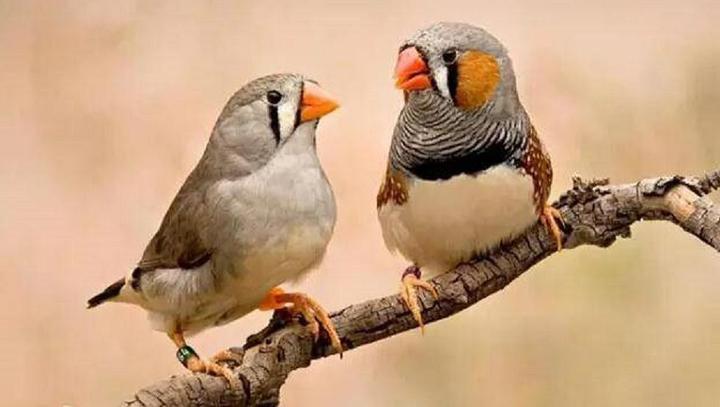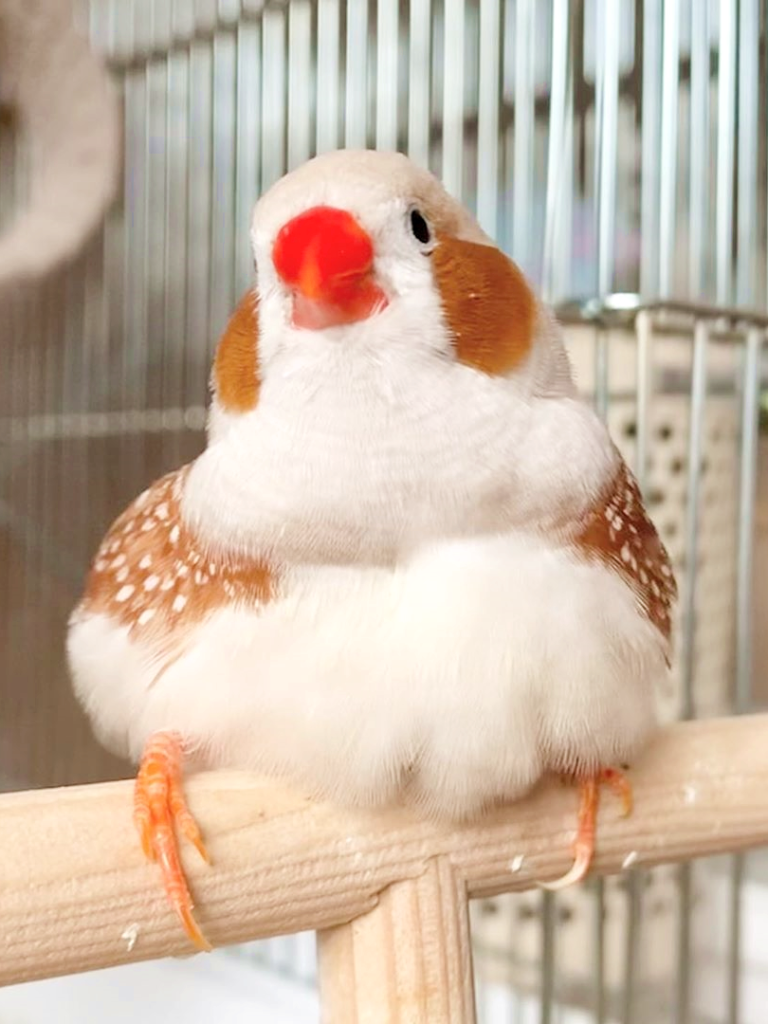Variety Overview
The Zebra Finch (scientific name: Taeniopygia guttata), commonly referred to as the pearl bird or golden mountain pearl, inhabits the tropical forests of eastern Australia and eastern Indonesia. Known for its vibrant plumage and distinctive song, this bird is a favored species for both birdwatching and domestication.
Living Habits
Pearl birds prefer habitats such as dry sparse woodlands, shrubs, open farmland, grasslands, salt marshes, plantations, parks, and courtyards. Typically seen in pairs or groups, especially during the dry season when they gather in large flocks near water sources. Male pearl birds frequently call out with single notes or rapid sequences of single notes. While their calls aren’t particularly melodious, they’re not bothersome either. Female pearl birds sing less often.
Adult males and females are usually inseparable; they preen each other’s feathers, kiss, and nod to show affection. These birds don’t require much water for drinking or bathing—they can go long periods without drinking water and get necessary moisture from their food. When they do bathe, they only slightly wet their feathers before preening each other again.
Their diet mainly consists of plant-based foods like seeds, tender leaves, and buds. They forage mostly on the ground but occasionally catch small insects while flying.

Feeding Guidelines
For daily care, pearl birds can be fed with shelled millet or a mix of 63% barnyard millet, 27% regular millet, and 10% sorghum. During the chick and breeding periods, egg white millet should be provided along with an increased supply of fresh green leafy vegetables like rapeseed and various fruits. Additionally, mineral supplements such as cuttlefish bone, shell powder, and gravel should be given in appropriate quantities.
There are several ways to prepare egg millet. One way is to mix one jin (500 grams) of millet with an egg, add a small amount of cuttlefish bone and honey, stir thoroughly, and then let it dry. Alternatively, you can simply soak the millet, let it dry, and then feed it directly to the birds.
Pearl birds (also known as zebra finches) can be kept either as pairs or in groups for both ornamental and breeding purposes. For single-cage housing, it’s best to keep one pair; when using a nesting box, you can house them in groups or multiple pairs depending on the box’s size. Typically, household breeding cages measure around 30 cm in length, 25 cm in width, and 35 cm in height, which is suitable for keeping one to several pairs. An artificial nesting box should be placed in the upper corner of the cage. The recommended dimensions for this box are approximately 9 cm long, 7 cm wide, and 10 cm high with about a 2 cm thick layer of cotton or nesting grass at the bottom. The entrance should have a diameter of about 3 cm with a small platform outside it. Bamboo tubes or gourds can also serve as alternatives. Pearl birds tend to be quite timid and require a quiet environment to prevent them from being startled easily. Therefore, group raising is not recommended.

Bathing and Staying Warm
Pearl birds love taking water baths, with the ideal water temperature being around 30°C (86°F). Outside of their breeding period, make sure to provide a suitable amount of bath water in an extra tank. These birds are quite sensitive to cold, so it’s crucial to manage the temperature during winter, keeping the room temperature at about 15°C (59°F).
Thanks to their unique behaviors and stunning plumage, pearl birds make excellent pets for both viewing and raising. By learning proper feeding methods and management techniques, you can enjoy delightful moments with these charming little creatures.
